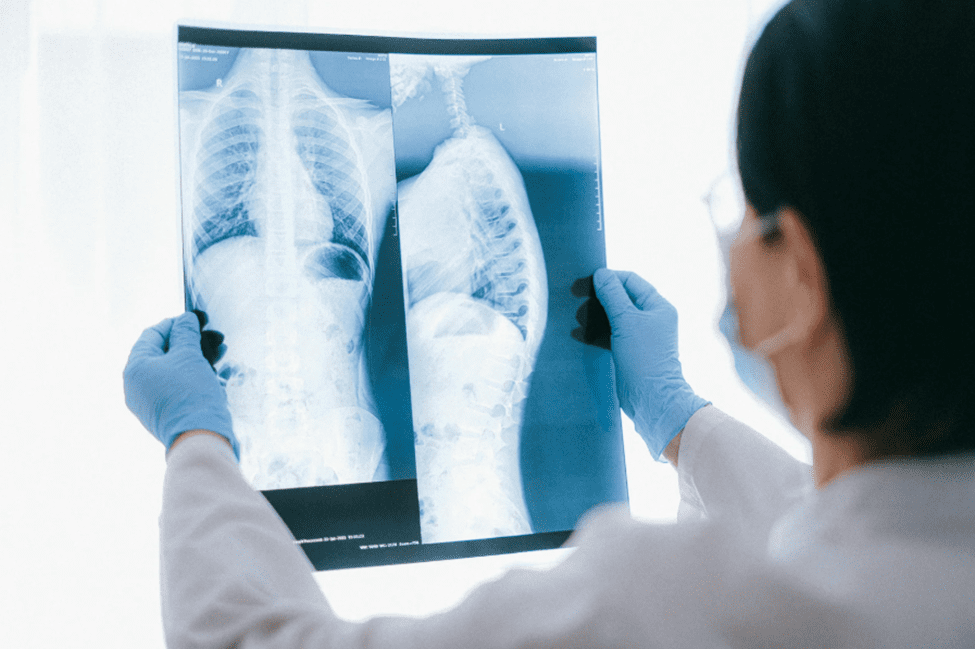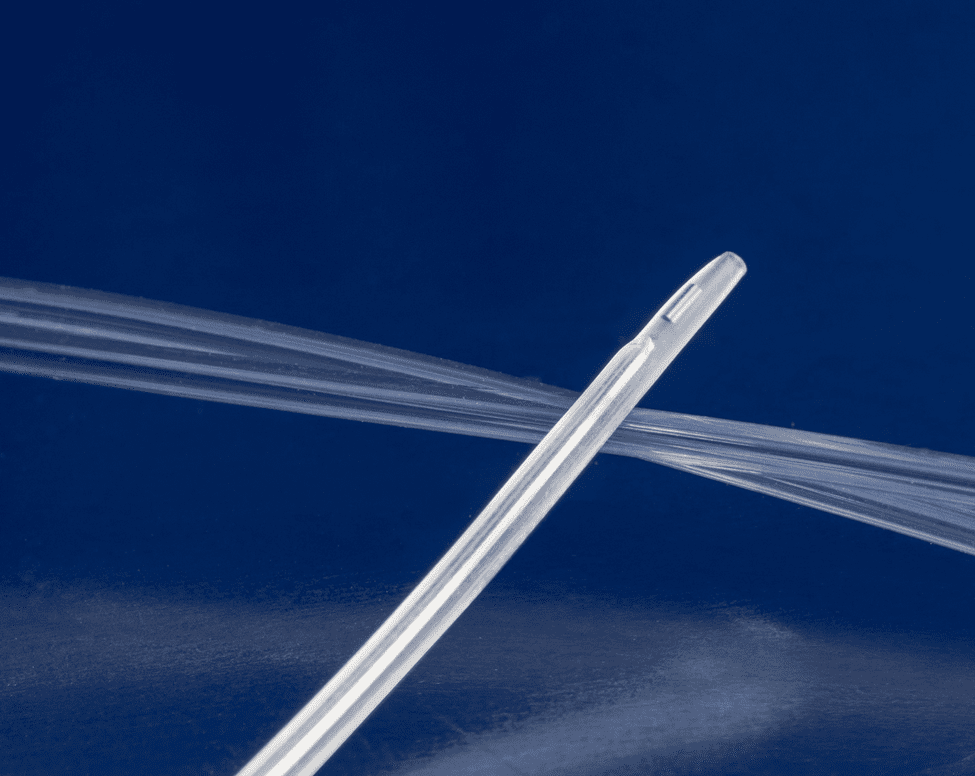When it comes to minimally invasive procedures, being able to see the device matters. Whether a doctor is guiding a catheter or placing an implant, they need to rely on imaging to know the exact location of the device. That’s where radiopacity comes in.
At Medical Murray, we develop and manufacture advanced radiopaque catheters and implants, mostly for Class II and Class III devices. As these devices get smaller and more complex, radiopacity becomes even more important to help doctors do their job safely and effectively.
What Is Radiopacity?
Radiopacity means that a material or device can be seen clearly on an X-ray or fluoroscope. Radiopaque parts show up well on a screen, helping the doctor track the device’s location and movement inside the body.

Why Radiopaque Medical Devices Matter for Minimally Invasive Procedures
Minimally invasive procedures are great for patients – less trauma, quicker recovery, better outcomes. But because the doctor can’t directly see what they’re doing, they must rely on imaging.
If a device isn’t easy to see on the screen:
- It can be harder to place or remove.
- Poor visibility may increase procedure time or risk of error.
- Thin or flexible parts can fade into the background.
How Radiopacity Helps
We add radiopaque features to many of the devices we build, like:
- Catheters with markers on the tip or along the shaft
- Implants, like stents and valves, that need to be placed in just the right spot
- Tiny molded parts in tools used for interventional procedures
As devices get smaller and more flexible, clear visibility on a screen becomes even more important. The increased adoption of robotic-assisted surgery systems also makes radiopacity more important than ever.
How We Create Radiopaque Medical Devices
Getting good radiopacity isn’t just about using the right radiopaque material. It’s a mix of design and process choices, including:
- Radiopaque materials like barium-filled polymers, tungsten, or platinum-iridium
- Processes like co-extrusion, overmolding, or placing small markers
- Design choices that make the device visible without adding too much size or complexity

We think about these things early in the design process, so radiopaque features are built in from the start, not added later.
The Future of Radiopacity in Medical Devices
Radiopacity helps give doctors more control and confidence during a procedure, and that leads to better care for patients. As the tools for minimally invasive procedures evolve, the need for strong, reliable imaging will only grow.
If you’re developing a new catheter, implant, or device that works with a robotic system, we’d love to help. At Medical Murray, we know how to make radiopaque medical devices that show up clearly when and where it matters most.
Have a radiopaque medical device you’d like to create? Contact us to get started.
